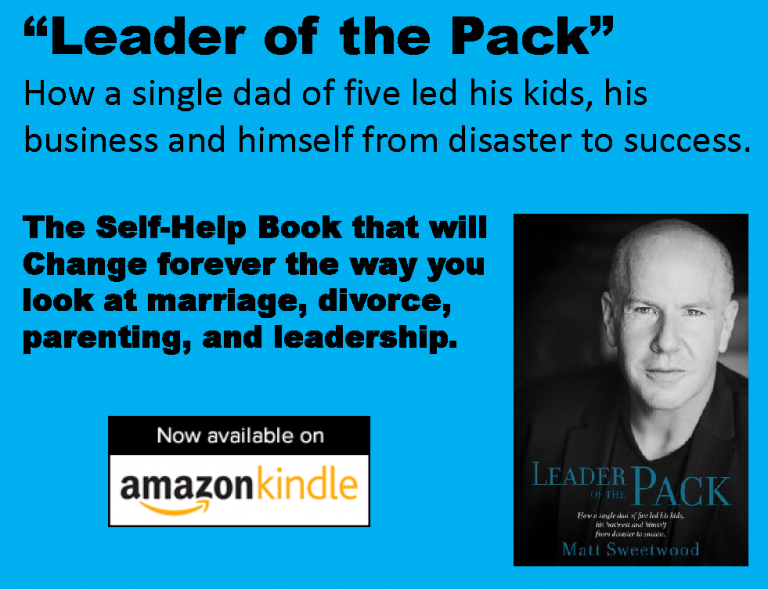Branding Your Liability As An Asset
Most entrepreneurs get cold sweat running down their spine when they hear the word liability. The state of being responsible in the eye of the law for something, as per the definition, is generally bad news for businesses. Indeed, it means that, should things go wrong for a reason or another, you are likely to face legal challenges, monetary complaints, and a massive drop in brand reputation. Therefore, few entrepreneurs think of liabilities as a business asset to cherish and embrace. To put things simply, having liabilities is perceived as a liability in itself. However, legal responsibilities can also be a positive force for your business. Aside from keeping you on your toes – an essential requirement to keep your company afloat, liabilities can potentially act as a branding asset. How can legal responsibilities become part of your branding success? The idea is simple, but it works wonders. Here are some ideas to get you started and help you make peace with your legal commitments:

Don’t scr*w up with insurance
The first and most important rule of deploying a strategic approach about liabilities is to leave no stone unturned. As a company, your activities can affect your employees, your customers, or even the general public if you run projects in a public area – such as a construction company, for instance. As such, your priority is to tick all the boxes in terms of insurance cover. Are you covering third-party incidents? What’s your legal backup for product failure? Is your copyright protected? It’s a good idea to arrange the right level with the support of a risk assessment auditor, who can help you understand what protection is needed and where. Ideally, you want to gain a full overview of the risks at hand and explore all eventualities.
Accident involvement with no fault of yours
There are only two ways in which a company can be involved in a liability complaint. Firstly, the liability falls under your charge. And secondly, you are not at fault for the event. When you’re not at fault, your insurance cover can help recoup the loss and damages if the guilty party is unidentified or unable to cover those costs and if you have no-fault insurance, you will be covered anyway.. This could be the case in road accidents involving trucks and individual vehicles. Did you know that 65 percent of all truck-passenger car accidents are either the result of override or underride situations? Legal experts are unanimous. While some accidents can be traced back to the truck driver or the vehicle, not all are initiated by company trucks. Indeed, passenger cars can be liable as well. When this happens, your company is exonerated from legal consequences. However, as such accidents are likely to make the news, generous gestures to support the other driver’s family can change the PR story and boost your reputation.
Sometimes, mistakes will be yours
Sometimes, you will have to carry liability. However, embracing your mistakes and learning from them can transform your business reputation. Whether it was a faulty product or an accident, you can use your new-found wisdom to reassure the public and explain the steps you take to avoid future mistakes. As such, you can let mistakes shape your brand story positively.
In the business world, liabilities are to be taken seriously. However, they can become part of your brand story if you know how to play your responsibilities and commitment to others. Whether you are at fault or not, you can always turn a negative into a positive by placing your audience first, every single time.
Categories: Outside Contributors



